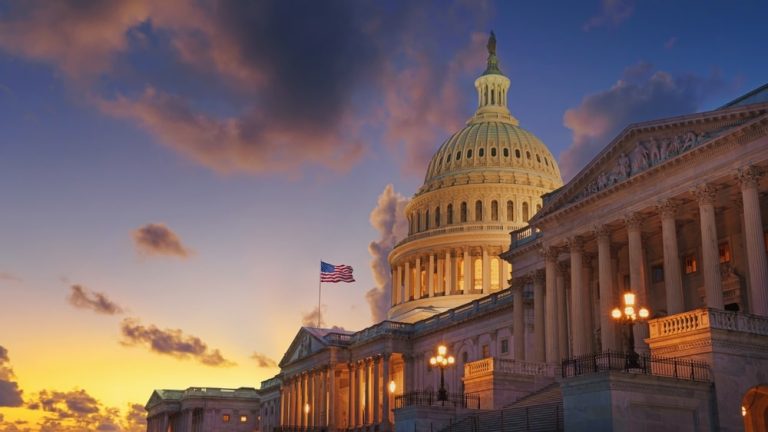In 2021, we saw the continued response to a global pandemic, which included restrictions around and cancellations of major sports and entertainment events — all in addition to supply chain challenges and labor shortages. Will 2022 bring a return to normalcy?
Each year, ICR’s sector-focused teams draw on their deep industry knowledge to share their views on the year ahead and identify key issues that will dominate the minds of investors and the media in the coming year. Below, we explore the trends we expect to see in the global media, sports, and entertainment industries.
- Everything is going meta, with digital entertainment leading the charge, especially as it relates to fan engagement and celebrity-athlete brand monetization. Companies like Sorare are offering fans ways to buy and trade branded NFTs. Video games are increasingly launching NFT-based strategies and anticipate play-to-earn games to be the next wave of digital content. Both DraftKings and PLBY Group launched high profile NFT strategies, which are contributing to the top and bottom line. DraftKings’ NFT strategy includes gamification, and PLBY’s NFT strategy will unlock keys to the “meta-mansion,” setting up a recurring revenue stream based on membership.
And, following the June 30, 2021 decision by the Division 1 Board of Directors to institute a new name, image and likeness (NIL) policy, multimedia rights holders such as PlayFly and Learfield are finding ways to capitalize on the resulting monetization opportunities. Athletes and content creators alike are launching their own NFTs. For example, former Gonzaga basketball star has auctioned an NFT of his famous buzzer-beating shot in the 2021 NCAA Men’s Basketball Final Four game against UCLA. We have seen professional sports, from the NBA to La Liga, increasingly embrace NFTs, and it is only a matter of time until college athletics follows suit. - Does 2022 mark the full return of live events, further bolstering the experience economy? In its Q3 2021 financial update, Live Nation announced that fan demand had led to double-digit growth in pricing and on-site spending in the quarter and that “Q3 marked return to live at scale.” And recording artists all over the world are gearing up for a very crowded 2022 as tours are rebooked from 2020, while first-time tours are also announced.
The emergence of the omicron variant is cause for some concern for the industry; however, it will not likely have near the impact that the pandemic had on 2020 and 2021. This is due to existing COVID-19 protocols including testing, vaccination mandates, and masking and social distancing policies at most live events. Furthermore, according to CNBC, preliminary data on the new strain of COVID-19 is “encouraging.” The confidence of consumers in their safety at live events is reflective of these trends. As it relates to sports, while still down from pre-COVID seasons, the NBA and NFL have both seen increases in attendance in the 2021-2022 season. Sports are back — and will soon be back in full. - The sports betting market is estimated to be worth $140.26 billion by 2028, and operators are attempting everything to secure more of the U.S. gambling market. While the pandemic caused cancellations of many sporting events, land-based operators also had to close, thus providing an opportunity for online gambling platforms to grow their market and revenue share. Specifically, big players are buying up media brands, software suppliers and fantasy sports businesses to bolster their customer acquisition strategies and in turn grow their overall market share. It remains to be seen if the expenditure will pay off near term, with most digital operators far from reaching profitability before 2024.
These operators are increasing advertising spend exponentially, and sportsbooks are positioned to spend up to $1 billion on advertising this year, according to Front Office Sports. Wall Street doesn’t love these CAC numbers, and in 4Q21 it caused the sector to rerate. However, the market is growing fast, so it’s a land grab and the perception is that scale and network effects are critical — although that’s debatable. More and more, states are turning to licensed gambling sites. The U.S. online gambling market was valued at $2,178 million in 2020, and is projected to have a CAGR of 17.34% through 2026. Approximately 25 states have launched a sports betting market with an additional 5 states having legislation in place. This includes in-person only, mobile, as well as states with specific prohibitions. It’s no wonder these operators are willing to spend so much. New Jersey’s sports betting industry alone took in more than a billion dollars’ worth of bets in the month of September, a one-month record in the state and the country. - Esports has become a means to connect with the next generation of sports fans, and 2022 could be the industry’s break-out year. The esports industry saw significant investment from sports teams and institutional investor interest from 2015 to 2017. And now, it is estimated that in 2022, the esports industry could top $2.5 billion. This comes on the tailwinds of high growth in audience for esports events and streaming. However, the commercialization and monetization of these large audiences has lagged behind. We are currently seeing the first attempt to properly value an esports team through the IPO via SPAC of FaZe Clan, an esports team leaning heavily into the creator economy through esports streaming, branded merchandise, and corporate sponsorships. Depending on their level of success, this could very well be a catalyst for other esports teams to increase their monetization, professionalism, and ultimately push the entire industry forward.
- The emerging value of the creator economy has given way to innovation in all forms of media — and we will continue to see niche creator-led platforms grow as well as innovations in sports entertainment and commercialization. With the successful launch of “Monday Night Football with Peyton and Eli” on ESPN, it is clear that NFL fans (and sports fans in general) are craving new ways to watch their favorite teams. Broadcasters are attempting to reach the next generation of sports fans, and this is an effective route to doing so. While broadcasters and networks have benefitted, current and former athletes have as well. Many have branched out into other areas of entertainment, leveraging their celebrity status to hedge against the generally short career of professional athletes in their chosen sport. Examples include Lebron James’ starring role in the new “Space Jam” film, Pat McAfee and his podcast “The Pat McAfee Show,” Kevin Durant’s media company Thirty Five Media, and many more.
- The pandemic has accelerated the growth of sports OTT streaming. Nearly every major U.S. broadcaster has launched an OTT platform over the last 18 months, according to SportsPro Media. This is largely due to consumers cutting the cord, with 15% of legacy cable customer opting to do so in just the last two years. These former cable customers are moving over to YouTube TV, Hulu and Amazon, which signed a $1.2 billion Thursday Night NFL deal to stream on its platform. These platforms do not carry every game and lack many regional sports networks. However, Buzzer, a micropayment and subscription-based company, allows consumers to tune in to only the most worthwhile moments of a sporting event — like the last 10 minutes of closely-contested game. Innovations like this, as well as others to come, will continue to transform the way sports as entertainment are consumed. It remains to be seen what will happen to DTC cable providers such as DirectTV, which has heavily relied on its NFL Sunday Ticket Package offering to drive subscriber growth.
Follow the entire ICR 2022 trends series on the ICR Insights blog.



